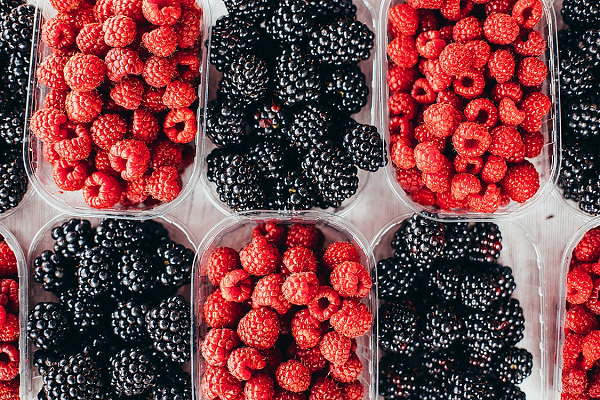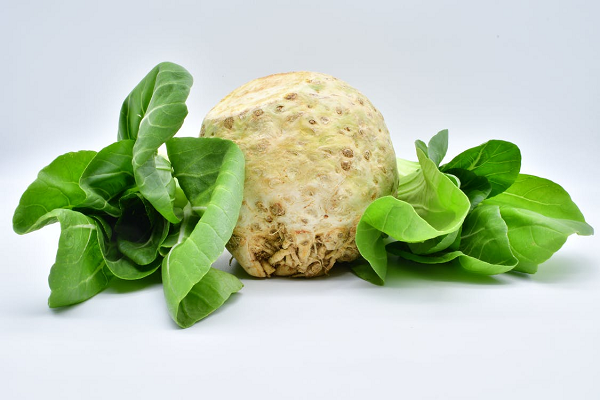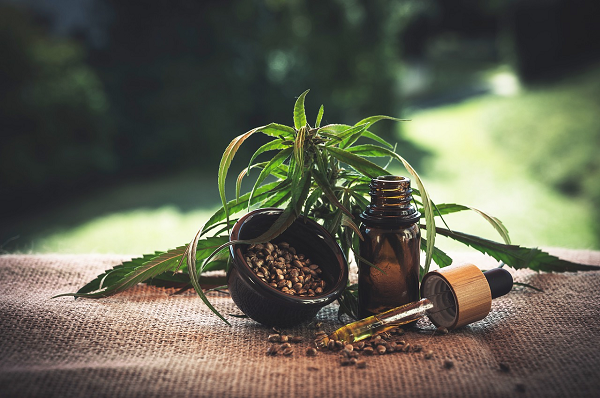Are you officially diagnosed with high blood pressure? You’re not alone: 1 out of every 3 Americans have it. However, this doesn’t mean it has no risk to your health!

High blood pressure dramatically increases your chances of developing other health conditions. These include heart disease, stroke, and kidney problems. Luckily, medications and lifestyle changes can reduce high blood pressure and help you cope with any associated risks.
While you keep taking your medication, there are some easy diet changes that can lower your blood pressure. Adding these foods is a simple way to boost your health.
As always, we recommend consulting with your physician before undertaking any major lifestyle changes. They will help you make an informed decision adapted to your needs.
1. Add berries
Berries, like blueberries, strawberries, and raspberries, have many flavonoids. These are antioxidants, and berries are rich in a specific type called anthocyanins.
Researchers found that, among people with hypertension, those who ate the most anthocyanins (from strawberries & blueberries) managed to lower their high blood pressure. Some people had up to an 8% reduction!
Other antioxidant-rich foods that can help lower high blood pressure are pomegranates, grapes, and (dark) chocolate.

2. Include potassium-rich foods
Potassium is key if you’re looking to manage your blood pressure the natural way. This nutrient counteracts sodium and alleviates tension in the walls of your blood vessels [1]. While you can find potassium supplements, it’s best if you take it in its natural form. How to add it? Eat more bananas, mushrooms, avocados, tomatoes, tuna, and beans.
Keep in mind potassium can be harmful to those with kidney disease. If that’s your case, talk to your doctor before changing your diet.
3. Lower your sodium intake
This is one of the easiest ways to control your blood pressure, and most doctors recommend it even if you haven’t been diagnosed. In fact, lowering your sodium intake just a bit can help you lower your blood pressure by 5 to 6 mm Hg.
However, for many people limiting sodium is difficult since most processed foods have it. Anything from pasta sauce, to canned goods and even salad dressing, can be very high in sodium. If you’re not careful, you can eat up to double the recommended amount.
To avoid it, carefully read all food labels and try to stick with non-processed foods.
4. Take oats with breakfast
This breakfast staple could have a positive effect on high blood pressure. Oats are rich in beta-glucans, a type of soluble fiber that binds to cholesterol and helps reduce your “bad cholesterol” levels.
However, a recent study showed that boosting your beta-glucan intake could help people lower both systolic and diastolic blood pressure [3].
Not a fan of oats? Barley is also rich in beta-glucans.
5. Add leafy veggies to your diet

Leafy greens have many benefits, but did you know one of them is also lowering your blood pressure? These superfoods are rich in nitrates. Researchers found that eating 2 servings of nitrate-rich food lowered blood pressure for up to 24 hours.
Nitrates can be found in cabbage and lettuce. Other nitrate-rich foods include beets (that have a powerful effect on high blood pressure) as well as Swiss chard, fennel, spinach, and mustard greens.
6. Eat garlic
When it comes to lowering high blood pressure, garlic is a delicious classic. Who doesn’t love its flavor? Of course, if you want to keep your arteries healthy it’s best to avoid butter-laden garlic bread and opt for leaner options like garlic chicken or garlic rice.
The compound responsible for these positive effects is “allicin”. In turn, allicin boosts your body’s production of nitric oxide [5]. This has a similar effect to eating nitrate-rich foods (like leafy greens). When eaten consistently, garlic can help lower your blood pressure for up to 24 hours.

7. Add CBD oil
CBD oil boosts your health in a lot of ways, including lowering high blood pressure. A small recent study showed that CBD helped lower blood pressure among 9 men after a single use [6].
This brings hope to many people following daily treatments for high blood pressure: it could be a good alternative for patients that would rather avoid prescription drugs. CBD oil works better when ingested on its own or as part of cold dishes (like a salad).
Like other health issues, you can manage high blood pressure through lifestyle changes. These include adding the foods we mentioned, but also other easy additions to your daily routine.
For example, studies have shown a larger waist circumference is directly linked to more complications from high blood pressure. Including exercise in your daily routine can help shrink your waist. Even one or two inches less can dramatically improve your health.
Other simple changes include meditating, lowering your stress levels, adopting a pet, and keeping up your social life. Researchers now know maintaining friendships and petting a dog can do wonders for high blood pressure.
0 comments